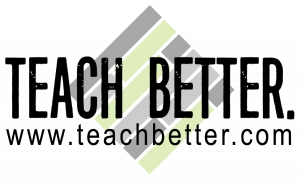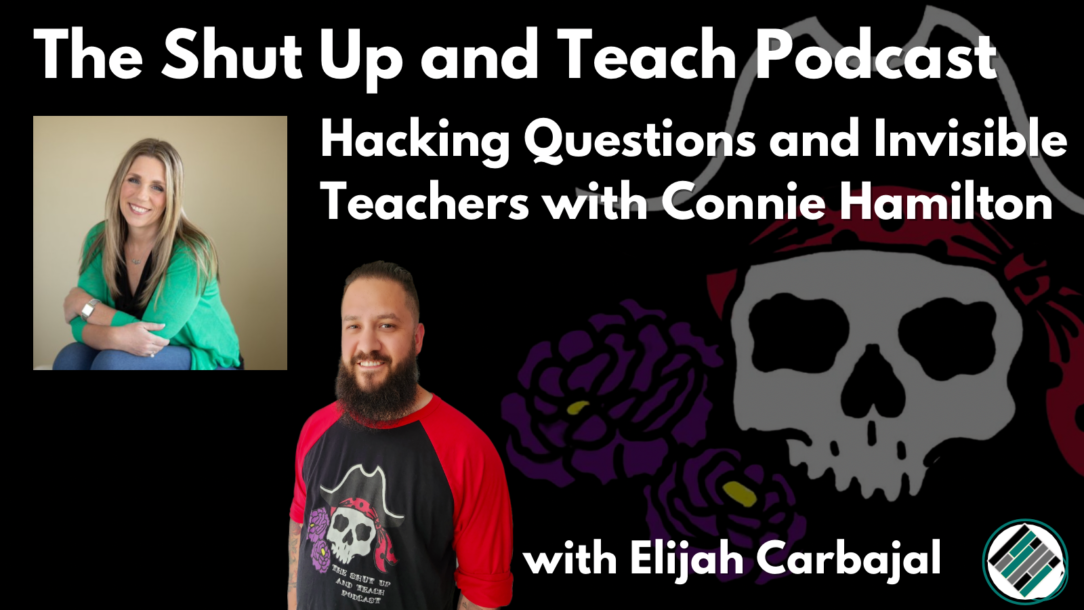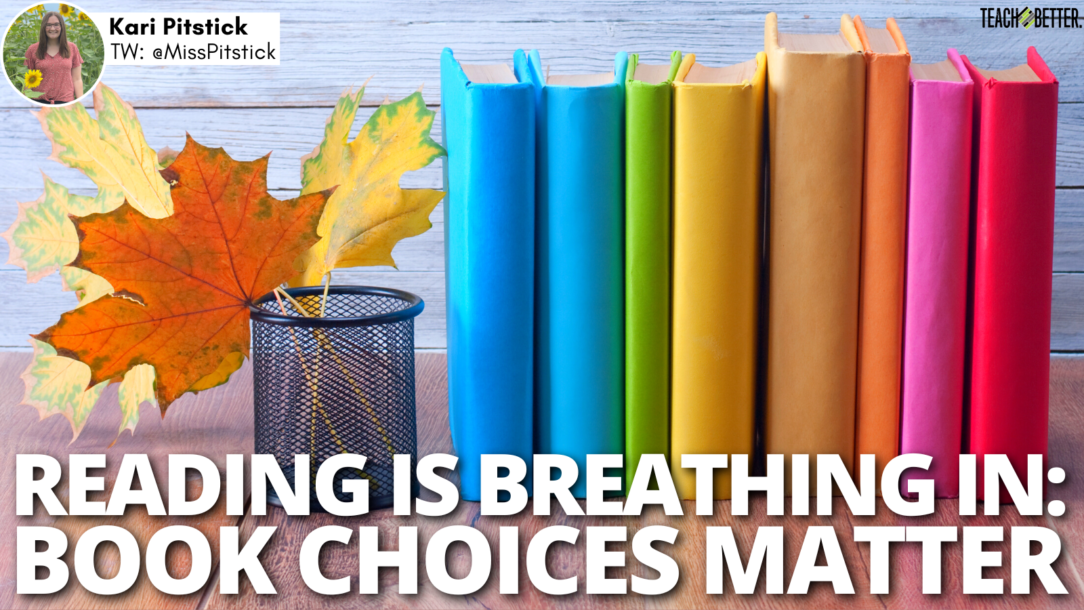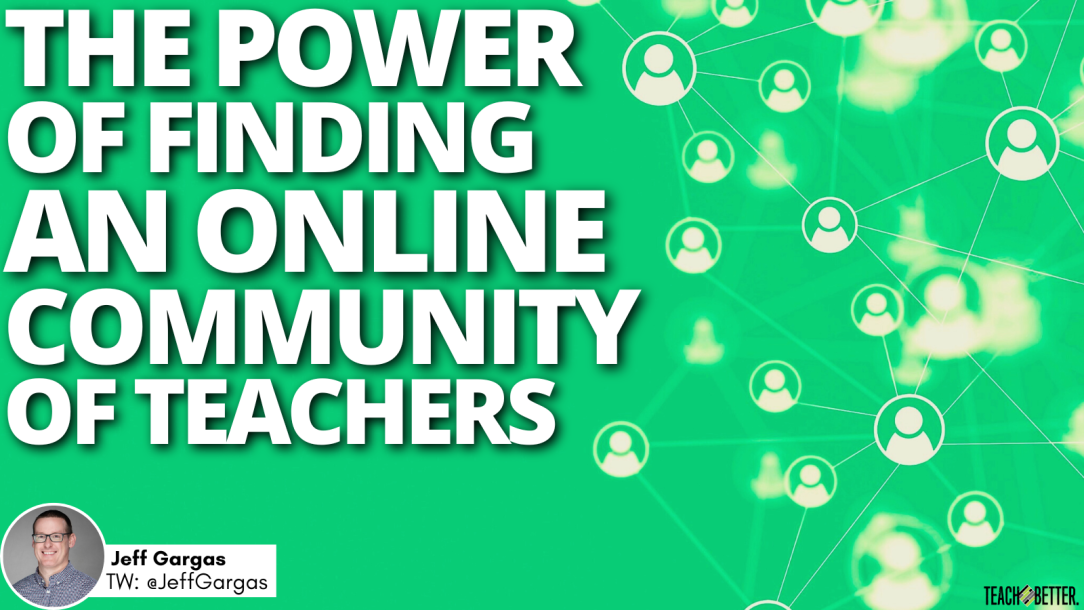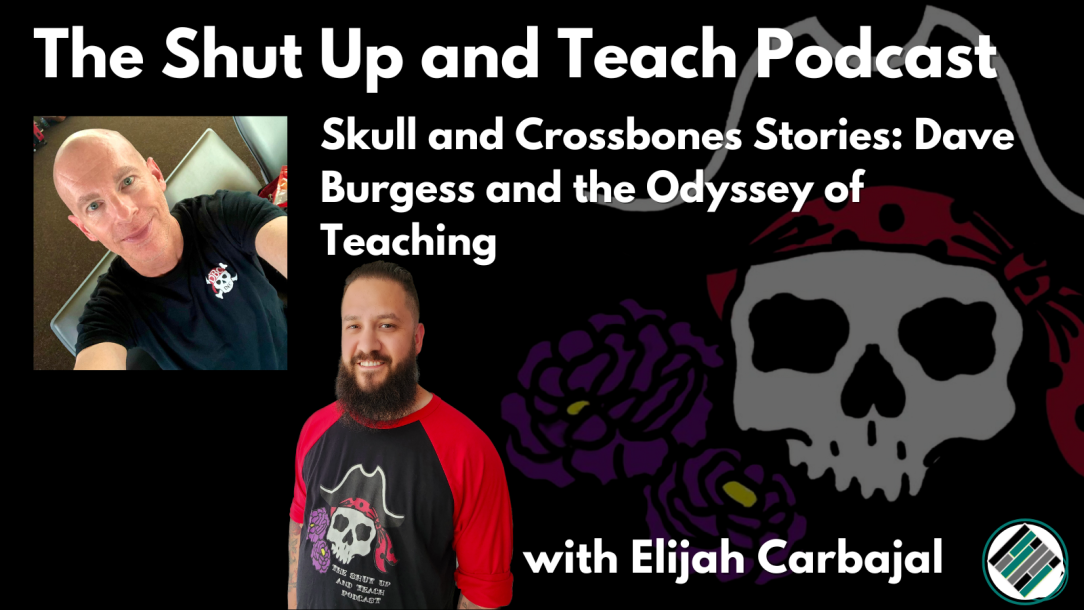On this episode, educator, author, and presenter Connie Hamilton joined me to discuss the idea of invisible teachers. What does it look like when a teacher is invisible? How does being an invisible teacher benefit our students? Connie explains this and more on today’s episode! MORE EPISODES
Writing Is Breathing Out: Free Writing Matters
TL;DR: The post emphasizes the importance of explaining the “why” behind classroom activities, such as free writing, to students. Benefits of free writing include boosting creativity, providing a safe space for expression, relieving stress, and improving communication skills. The author draws parallels between practicing writing and practicing sports or musical instruments, highlighting the value of preparation for future assignments and … Read More
Reading Is Breathing In: Book Choices Matter
TL;DR: The post uses an analogy of weightlifting to explain the importance of choosing different levels of books. It categorizes books into painless (easy), on-target (comfortable), and challenging (difficult) levels, emphasizing the need to vary one’s reading choices to grow as a reader. Encourages students to primarily read on-target books but also occasionally challenge themselves with more difficult material while … Read More
The Power of Finding an Online Community of Teachers
TL;DR: The internet has brought people worldwide together, enabling the creation of online communities based on shared interests, values, and experiences. Joining these digital communities can provide a sense of belonging, support during tough times, and opportunities for personal growth through shared knowledge and accountability. Online communities offer not only personal benefits but also opportunities for networking and professional development, … Read More
Skull and Crossbones Stories: Dave Burgess and the Odyssey of Teaching
On this episode, I had the privilege of speaking with a man who has had a tremendous impact on my teaching philosophies and practices: Dave Burgess. Dave Burgess has been making a huge impact in the world of education for over 10 years. His book Teach Like a Pirate (a New York Times Best Seller) has influenced educators all around the world, … Read More
